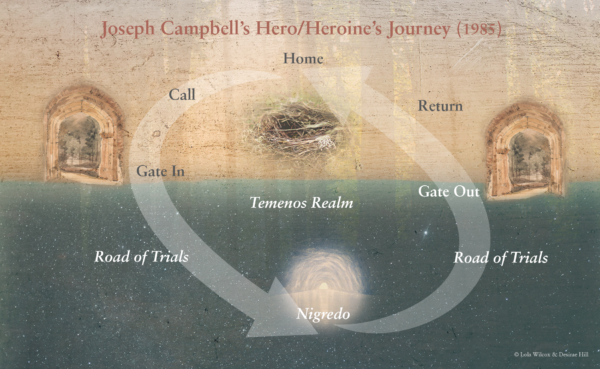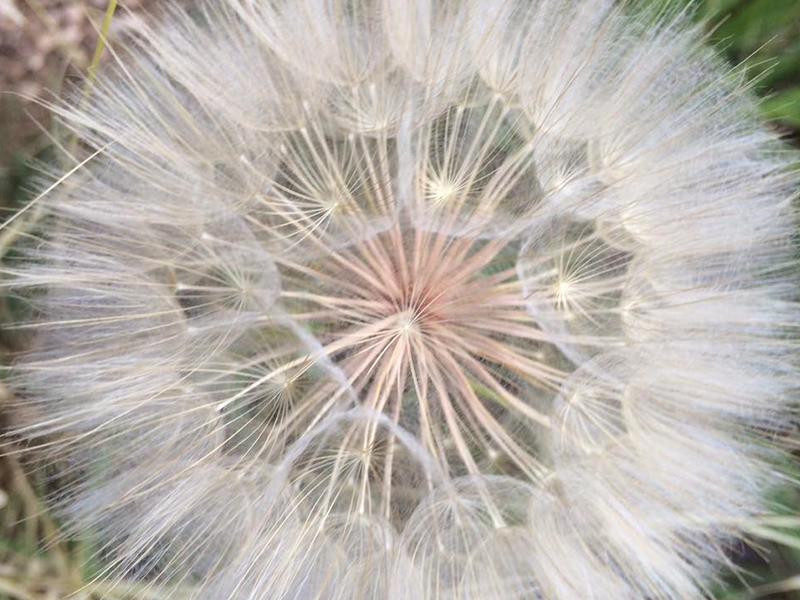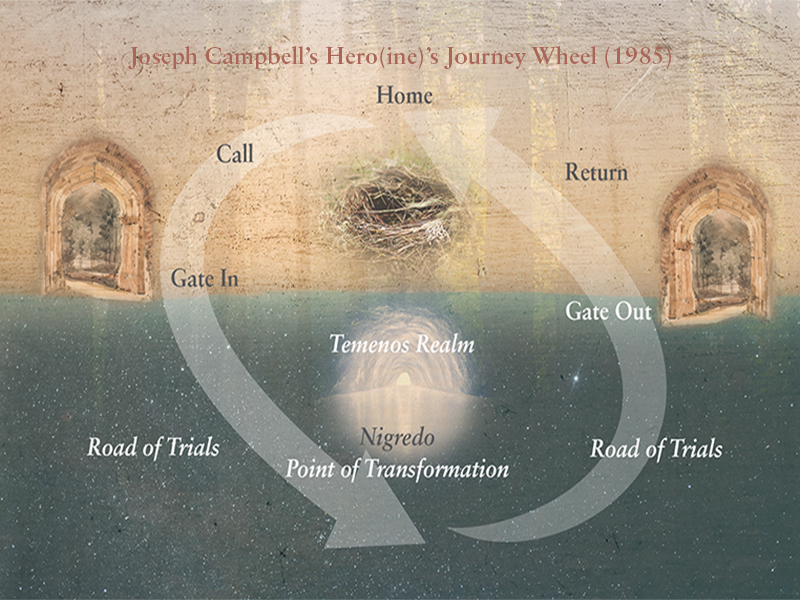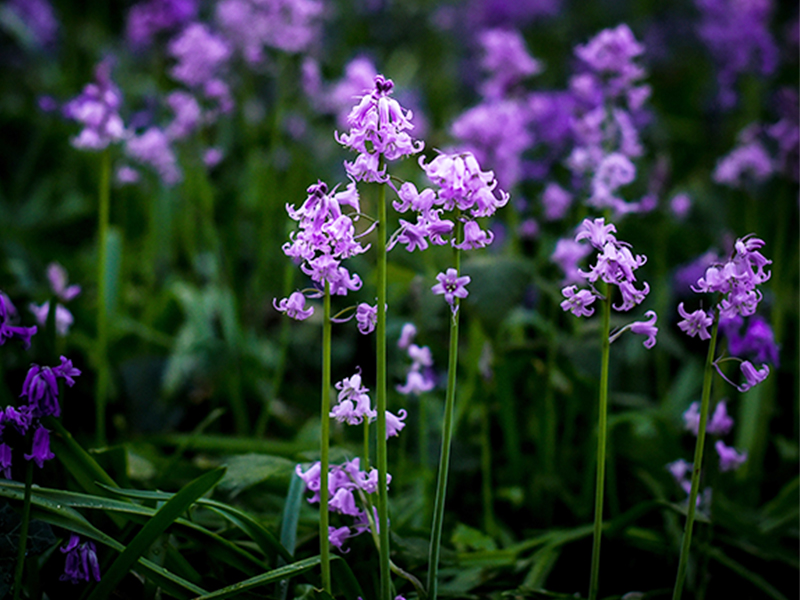Survived the Nigredo? Out on a branch with your wings drying? Wondering where, after all that, is the Gate Out? What, there is a second half to the Ritual Journey’s Road of Trials? Yes, and a sure way to repeat the entire journey is to hurry from the Nigredo to the Gate Out. Let’s slow down instead.
Previous blogs on Home, Call, Gate In, Temenos, Road of Trials Part I, and the Nigredo are in the Story area of my website. The Hero/Heroine’s Journey booklet is available for free to those who sign up for the newsletter to follow along.
Don’t Short-change the Road of Trials Part II

The Road of Trials before the Nigredo is preparatory, and the trials help ready the journey maker for the Nigredo. The Road of Trials after the transformation has opportunities for the being emerging from the cocoon to integrate the transformation. A sure way to repeat the entire journey is to hurry from the Nigredo to the Gate Out. Time is needed to settle into the new self. The Road of Trials on the other side of the cocoon allows the emergent being to explore and practice. It is not possible to go from the Nigredo to “lived happily ever after”. We still have much to do before we arrive at the Gate Out, much less our new Home.
The addiction community embraces the Road of Trials Part Two in the 12 Steps that train the newly sober person how to be with self and others. After surgery comes Physical Therapy. After the peace agreement there is the rebuilding as a new nation. After the wedding Nigredo the new couple (a third being) explores their now joined and yet individual selves in the protected space of the honeymoon. After initiation the person learns a new, adult role in the community. Leaving a relationship is the Nigredo, not the Gate Out, for after one leaves there is a job search or a redefinition of self as a single person. Take the time needed after a Nigredo to integrate the new way of being.
Second Half Tasks
Even if we know there is a second half of the Road of Trials, we are too often unconscious about the tasks. Here are ones that will be consistent for almost every person’s journey.

Slow down
The first task is to slow down, and look at the immediate landscape with new eyes. What do you see? Where are you? Who is with you? What are you experiencing? What seems different from before?
This landscape is still in the Temenos realm, and timeless. The process can’t be hurried, especially if the entry to the Nigredo was traumatic or fostered by an extended depression. The new self knows what is needed and how long it will take. Listen. Wait. Be Vasalisa standing at the window for as long as it takes, waiting for Baba Yaga.
Learning Gratitude
Perhaps the most important task is to become a being of gratitude. There is no longer space in you for resentment, anger and fear. These emotions may be habitual, as is worry, and the task is to learn how to calm them when they rise in you. The best tool is saying Thanks – for the journey, for the transformation, even for the emotion that has habitually held you in thrall, hoping to protect you.
Thank you, anger/fear/resentment for your warning.
I hear it, I honor you, and I let you rest and embrace quiet.
Trust in my ability safely to find my way along this path.
There is little written about Gratitude that is more clear or useful than Jewish Pathways Mussar Program #7 on Gratitude.
There is no transformation possible until every cell in us is full of gratitude. Then we are completely protected and completely available.
Future Searching
Tasks include figuring out what Home will be now, and how to Return to it. Images come in dreams or seeing something walking by a window. It may be a certain book or show wants to be viewed over and over. The soul is in the business of learning, and picking up information from every available source. I watched the movie Enchanted April in the winter for ten years before I discovered the answer to “why that movie”. Young people read Harry Potter and other series over and over just as their parents (and they) read Tolkein’s Lord of the Rings, C. S. Lewis’ Narnia. People start working out, or take up car mechanics, photography, or woodworking. New friends are made. Out of these explorations a hazy destination focus emerges, and the first steps of the path to the Gate Out.
And of course some people emerge from the Nigredo with a new life ready to realize. They may have spent a long time between the Call and the Gate In, or held to a vision all along of where they were going after the transformation. Some enter from or have always lived with trauma, and emerge with a healed heart; for them the Road of Trials II can be a discovery of being a new person born this time to joy.
Finding the Road Out
There are as many Roads of Trials as there are individuals on a journey. “I’ve found my path,” people might say. “I’m on my way.” Just as it is helpful to name the Trial, also consider naming the path. “I’m on the “Path of Patience”, “Way of Salvation”, “Road to Graduation”, “Steps to Sobriety”. Some of these paths have proscribed steps, and some wander in the Temenos. All provide information and opportunities. We may not think of them as Ritual Journeys but they have that quality about them whether observed or not.
Path of Possibility
Exploring this part of the Temenos always involves discovering what gift are you taking home. What do you know, who are you now, how can you be of benefit to others? Peter Diamandis (Peter Diamandis <peter@diamandis.com ) lives and teaches the Abundance mindset, the view that we are born to having more than we need so we might invest our gift for the good of all. Part of this road is determining where your gift will be received.
Warrior Way
In following the Way of Kendo, a Japanese sword martial art, I learned the Warrior Way which involves, among other things:
-
-
- Unwavering Concentration
- Self-Discipline
- Perfection of Form
- Danshing: Follow-through, Integration
-
Of these things Danshing was the most important: to integrate the learning, and be prepared and ready for the next step or journey. To Finish Well.
Road of Reparation
It may be that your life before caused harm or hurt to others, and the task now is to repair those breaks in the web of life. Many are exploring this road for their ancestors who were born to colonial mindsets: either as master or slave, pioneer or native person. We pray our environmental Road of Reparation will be in time to save our planet as we have known it up to now in our lives. There are millions of companions worldwide exploring this Road with us.
Camino of Compassion
As my husband and I age we call our current journey the Camino of Compassion. Our goal is to be part of the heart of everything and our trials have been:
-
-
- to love friends and enemies relevant and present on the Road with us
- seek ways to stay engaged with life and each other rather than falling into the trap of inertia
- practice being aware and ready for times when we are required to help weave the web of life
- learn “letting go” of anything that is not essential
- forgive and forget old wounds
-
We think we’re just inside the Gate In on this Journey – the Gate Out may be a few months or many years away; we know what it is and trust both the Return and what the new Home may be.
Know the Journeys of Others
I think it helps us to know the journeys of others, both of famous ones and the people who live and work with us. To share stories of people who have come through a crisis and thrived fosters hope that we too will do the same. Each day someone near you is hesitant or confused or wanting to celebrate a victory. Be there with them.
When asked “How are you?” we are trained to say “Fine,” as if we already know the person asking doesn’t have time to hear the answer. Change this dynamic by different asks and responses:
Instead of “How are you?”
“What are you learning today?”
“What’s going well for you today?”
“Did you have the support you needed today?”
When responding, go specific.
“Have a challenging meeting ahead of me.”
“It was a long day, people were grumpy. I found it hard to stay cheerful.”
“Just completed one year of writing my blog.”
When you ask a question or give a response that provides an opportunity to go a little deeper you encourage connection. Because we are part of other people’s journeys, it’s my hope we can be awake and alert enough to be companions on the Roads of Trial.

Be Like A Tuning Fork
Synchronicity plays a big part on the Road of Trials. This word suggests that two or more trajectories meet at the same time and create a meaningful understanding. People synchronize timepieces in order to meet at the same place at the same time. In the Temenos people, events, objects, oddities occur and reinforce what is happening. A synapse fires when two things are connected. Sometimes this connective synchronicity functions as a warning, but most frequently serves as a confirmation that an individual is moving through the Temenos “in sync” with it. The central work of the Road of Trials II is to become a tuning fork, able to hear and respond to subtle contextual nuances.
How about you, Journey Maker?
Find yourself in a hurry to reach the Gate Out?
Are there trials on the road you are traveling?
What trials are those around experiencing?




